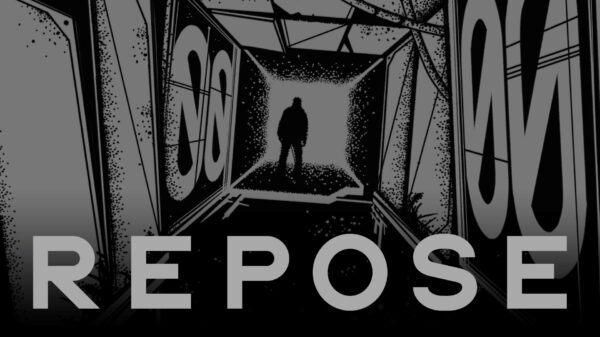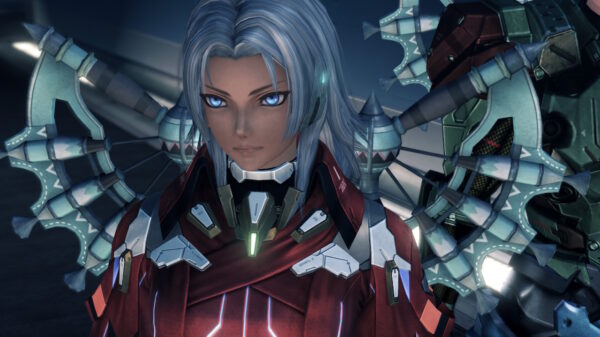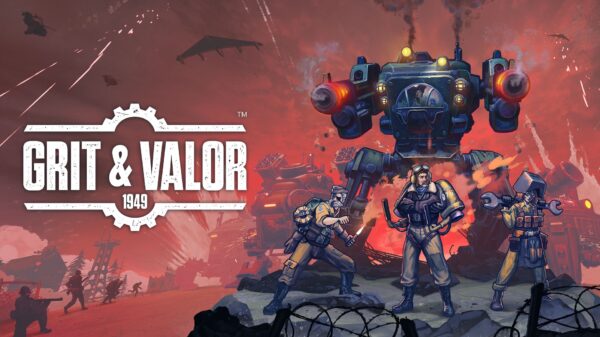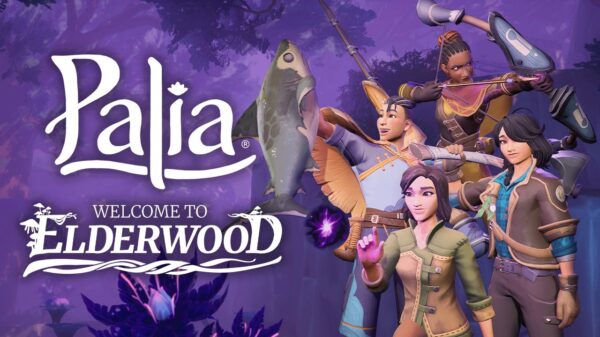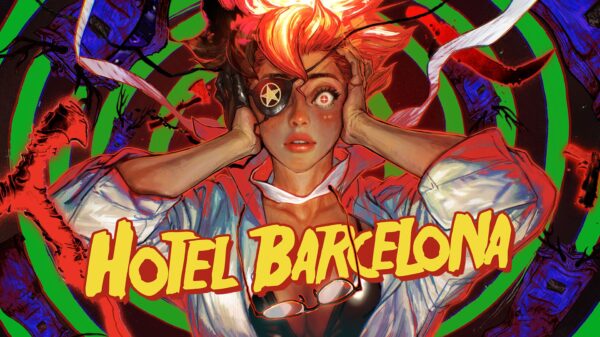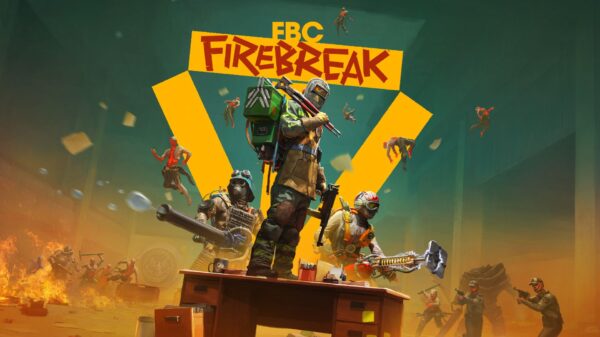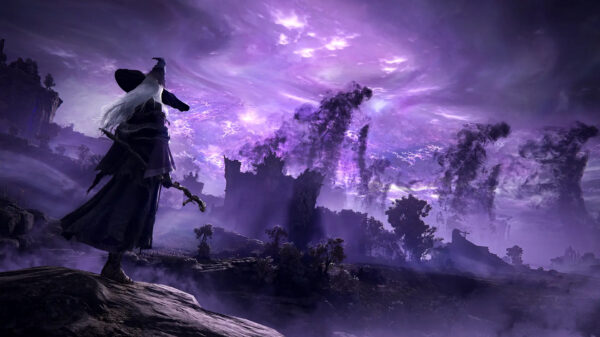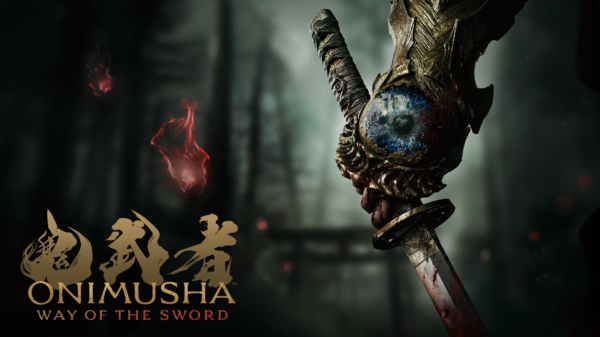Resident Evil 7: Biohazard is Capcom’s most recent attempt at reviving the series after the steady decline in reception amongst previous titles. At first glance it’s truly difficult to spot the Resident Evil in this game filled with a seemingly insane family and paranormal shenanigans, but after sitting down with the title for a while it’s clear that the developers are back on track.
Resident Evil 7: Biohazard
Developer: Capcom
Price: $59.99
Platforms: Xbox One, PC, PS4
The newest addition in the Resident Evil series takes the game back to its horror roots, and replaces the traditional third person perspective with a tight first person point of view. Aside from the broad strokes of the series, zombie-like creatures and oddly specific organizations duking it out, I came into Resident Evil 7 knowing extremely little about the series. That said, Resident Evil 7: Biohazard feels almost completely standalone. I never felt lost or like I had any gaps in knowledge, but there’s enough fanfare and connection to the rest of the series, in both spirit and story, that I’m sure fans will appreciate.
How scary is it, really?
Very, actually. I’ve braved my way through a number of horror or survival horror titles before. I played Dead Space, Alien: Isolation, and various iterations of the Slenderman game(s). Resident Evil 7 is something else entirely.
First of all, the horror doesn’t stem from any single style. Just about every horror trope or device that could possibly be used to cause tension is here. Southern, Texas Chainsaw Massacre horror? Check. Spiritual threats? Check. Insanity? Check. There’s even a clown, and it’s much more terrifying than the one you spotted in your alleyway.
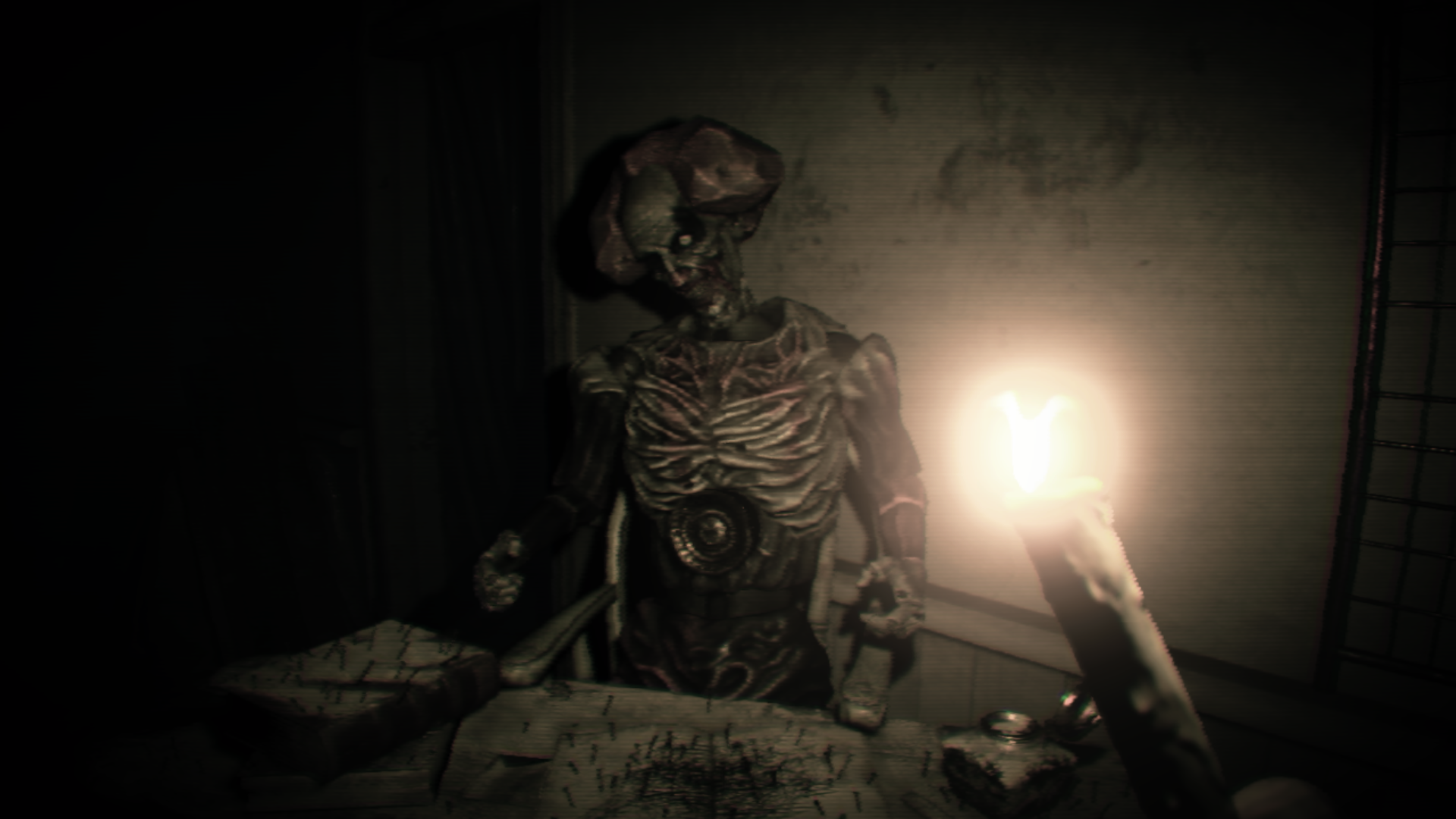
However, quite a bit of the fear is actually derived from the moment to moment gameplay and uniquely immersive atmosphere. Tight corridors, low resources and a restricted field of view cause every decision and movement to be imperative. The field of view, which is restricted across all platforms, was incredibly effective in allowing any and all jump scares to truly surprise me. Aside from cheap scares and general horror tropes the story is mostly full or dark, creepy dread.
It took around six hours into my nine hour campaign on normal difficulty for the overall tone to change from absolutely terrifying to a somewhat more nominal action/survival horror theme. Earlier in the campaign there are few save rooms, few pathways and extremely limited resources all causing immense tension. Around two thirds into my playthrough things started to shift towards a slightly more action-packed approach, which was actually a hugely enjoyable and stress-relieving change.
Story
I was thoroughly surprised by how engrossed I was by the story and how easy it was to follow. In Resident Evil 7: Biohazard you play as a young man named Ethan as he searches for his long-lost wife Mia. After receiving two videos from Mia, one seemingly normal and the other expressing clear distress, she disappears for three years. One day you receive an email from Mia, simply instructing you to pick her up from a barn house estate in Louisiana.
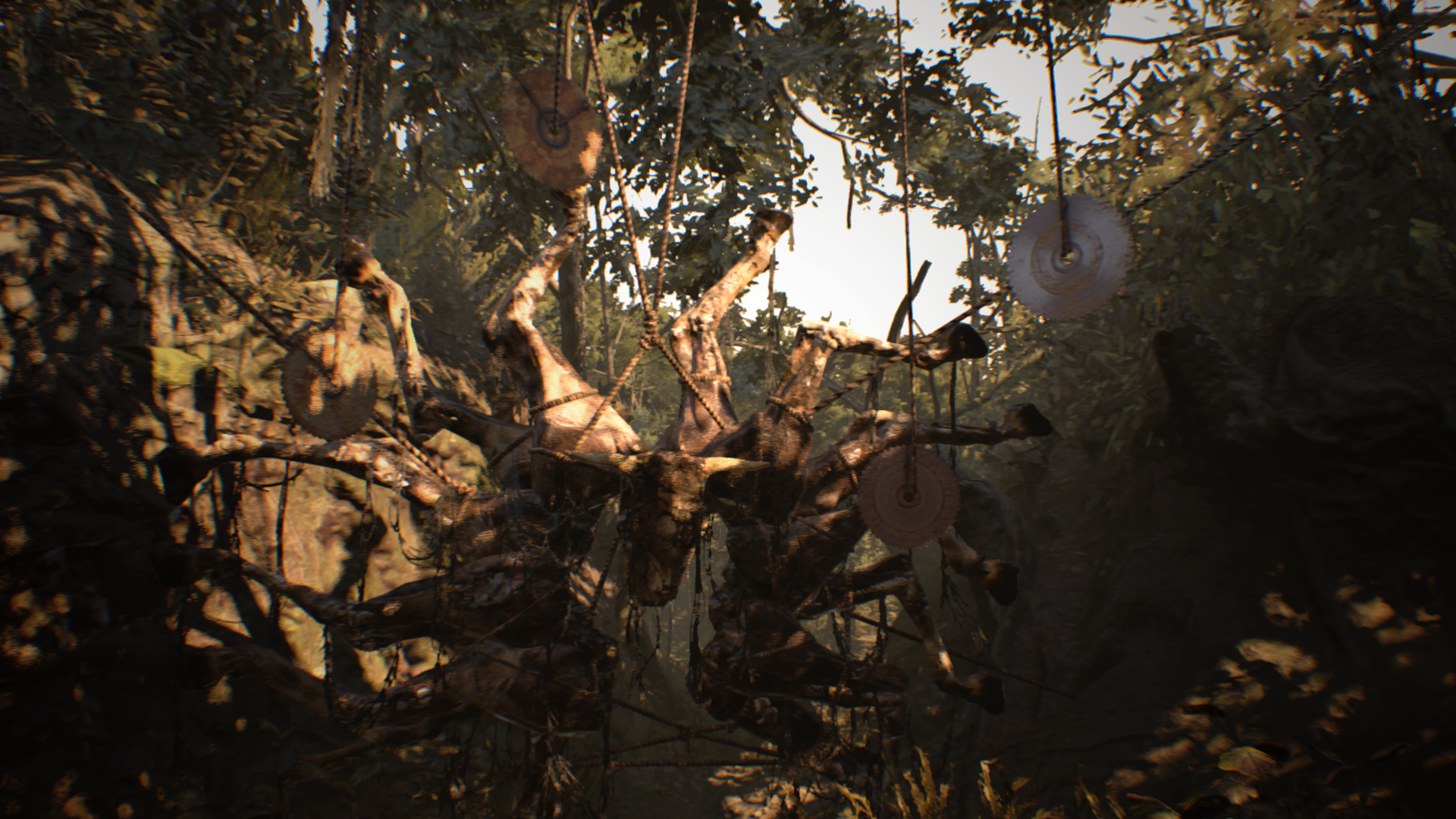
Long story short, things do not go well. Very quickly after Ethan arrives at the estate he’s introduced to the Baker family, each member of which is extremely unique and surprising in their own way. As you work your way through the property, fighting to survive, Ethan will receive calls from the family’s daughter, Zoe, who’s obviously less far gone than the rest of her family. Each segment of the game focuses on a different member of the family, usually resulting in a boss fight with each one. As things progress the connections to the larger Resident Evil universe are clear, but aren’t thrown in your face or vital to the story.
There are a couple of missteps throughout Resident Evil 7: Biohazard’s tale, but nothing that hurts the game too much, mainly a loose thread or two. Overall, the story blew me away and really made me want to play the prior six (or more) primary titles. My favorite aspect of the game’s storyline is how organically things come full circle, much like how the circle remains unbroken in Bioshock Infinite.
Fight for Your Life
Combat is increasingly important in Resident Evil 7: Biohazard as things slowly change from a stealth survival experience to a desperate game of really making your shots count. The biggest takeaway I got from the combat was just how analog everything felt. Ethan’s just a regular guy so reloading isn’t quick, you’re not a tank and you can’t triple jump or sprint super quick.
Most of the first half of the game I felt grossly under-powered and nearly on empty at all times. The main family members can’t be killed outside of boss fights but a new enemy type, the large, black veiny figures called “the molded,” can be killed. There aren’t many different types of molded enemies. There’s the default humanoid units that stick to melee attacks, a slightly bulkier version with one larger arm, crawling and hopping units that are quick on their feet but easy to kill, and large bloated enemies called “spitters” that spit an acid your way.
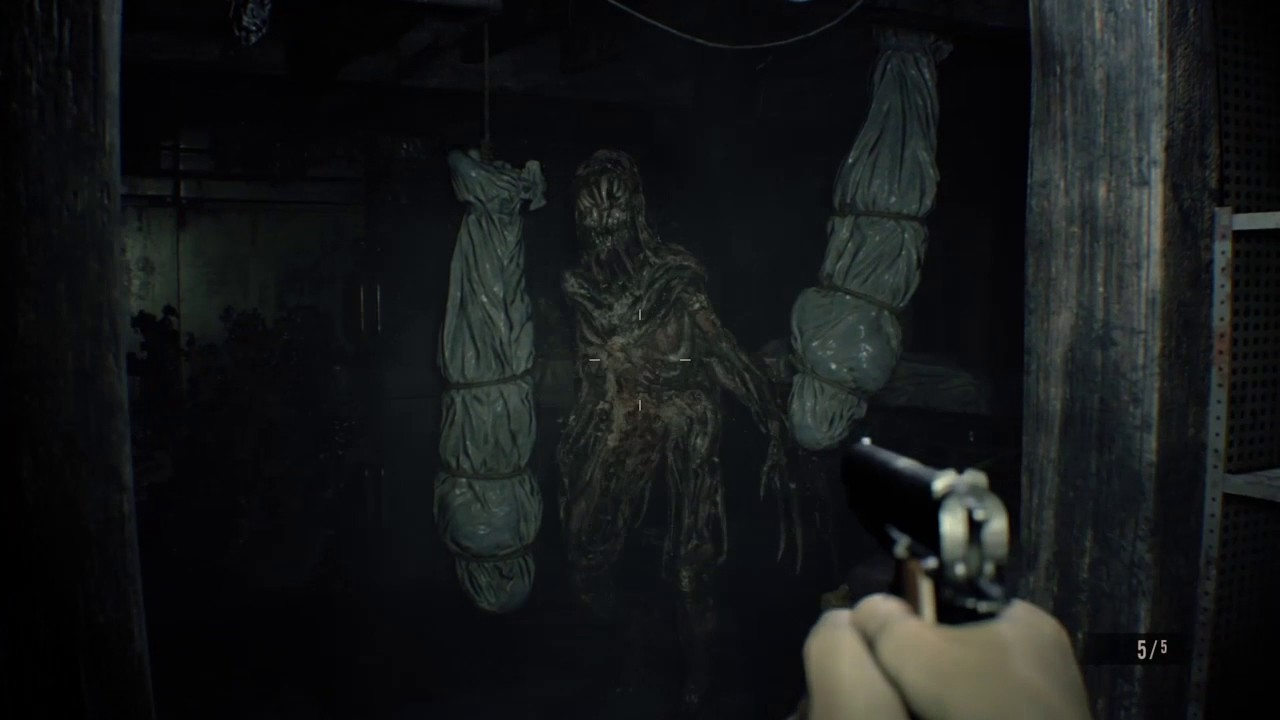
Each of these units move somewhat unpredictably, especially considering just how slowly Ethan moves. The headshot modifier is far more extreme than many other games I’ve experienced, with some enemies taking as few as three headshots to kill and as many as twelve body shots to kill. Aiming is slow and not always 100% reliable, making every encounter a set of strategical decisions about which weapon to use, where to be and if the fight is even worth the ammunition. There is melee in the game, but I recommend this as a last resort only as the risk isn’t quite worth the damage you’ll do.
Another thing I was heavily surprised by was the raw amount of weapons. I expected a pistol and shotgun, but the weapon count is more than tripled by the end of the game. These weapons can be entirely unique or simple alternate versions of weapons.
Puzzles, Puzzles, Puzzles!
Before Resident Evil 7: Biohazard I was completely unaware of this aspect of the series. There were small puzzles, hidden clues, treasure maps and metroidvania-esque retreading all over this game.
The map is extremely small in terms of physical space, really only containing five or six distinct areas all no larger than a small multiplayer map, but the way it’s scripted to be opened up over time makes it feel pretty large. As I progressed, I was able to open up parts of the maps that I’d gone through earlier in the game, which in turn allowed me to complete a puzzle I couldn’t, which then rewarded me with a new weapon which then allowed me to advance through tougher enemies.
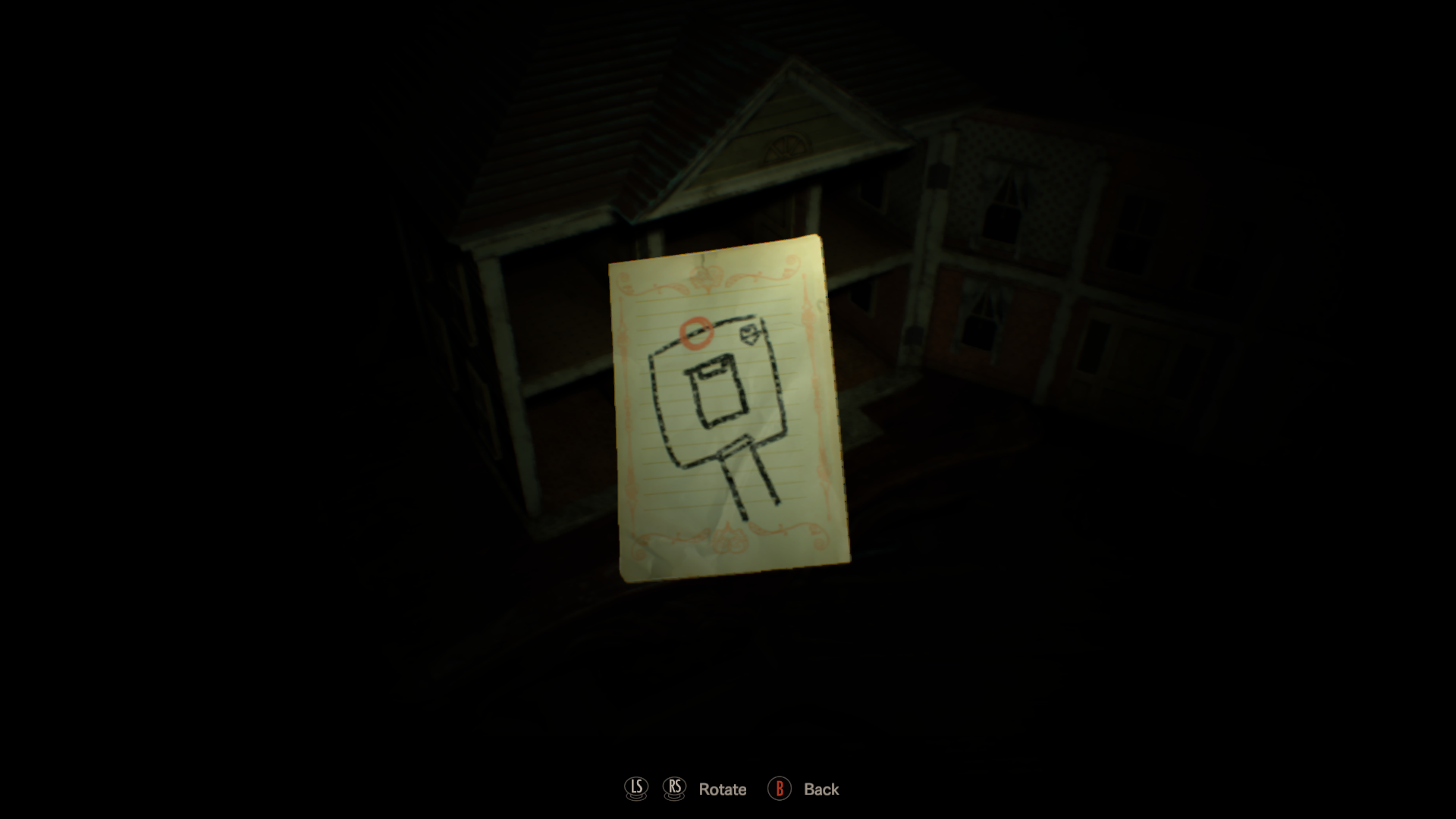
Not every puzzle is mandatory, and not every weapon is a guaranteed milestone of your progress. The weapons take of manual inventory space, but some of them are locked behind some pretty obscure and out of the way puzzles or collectibles.
Not many of the puzzles are that complex, but I felt myself really trying on a few and I actually did have to get some help on the longer of the puzzles. Despite their complexity being minimal, they all felt very clever. They ranged from using objects to create shadows to setting the time on clock. Treasure maps are simply photos given to you with a short message in hopes that you’d recognize the area.
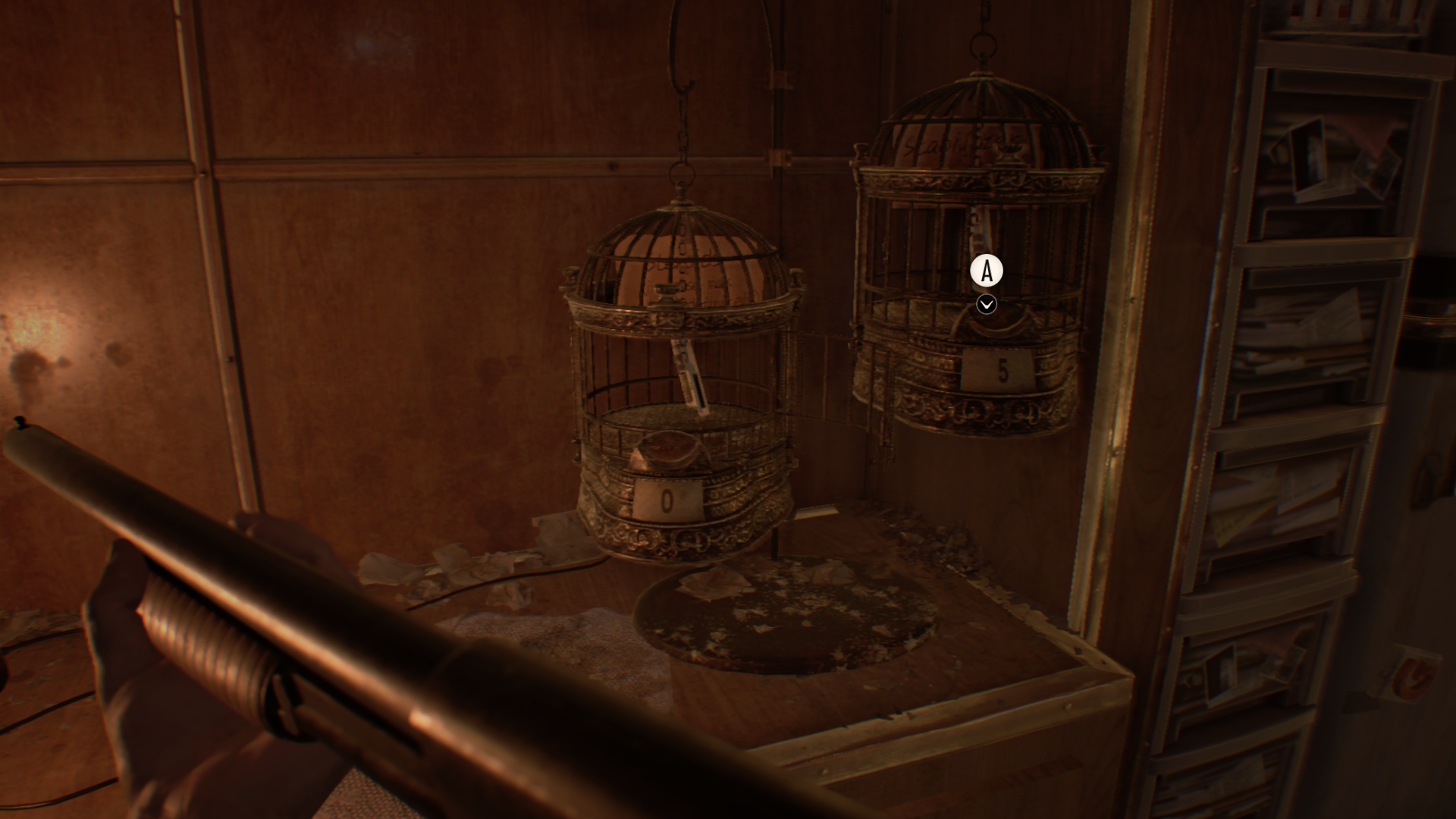
Something that I really appreciated was the lack of immersion breaking gameplay elements. The vendor system is back, but instead of odd merchants among the wasteland there are two spots in the game where items are stuck inside of bird cages that will dispense their gifts when given enough coins. It all fits well in the idea of the mental game the Bakers are playing on you without introducing a super-gimmicky or gamey element into the otherwise realistic experience.
Technicalities
For a newly launched title, Resident Evil 7: Biohazard holds up pretty well. On Xbox One some edges are noticeable more jagged and some textures can appear smudged when moving through the game too fast, but this problem isn’t visible on the PS4 or PC and wasn’t too rough for me. Aside from this, the game was one of the best-looking and most immersive games I’d played in a while. There’s a real attention to detail and sense of immersion that I simply have not gotten from a game in a very long time. The music, sounds and overall ambiance are nothing but impressive.
Loading times are where the game technical boundaries can really be seen. Every time I loaded into the game it took several minutes. Fortunately, there were little to no loading walls within the campaign itself aside from the littered VHS tapes and I only really experienced the issue when loading up a save.
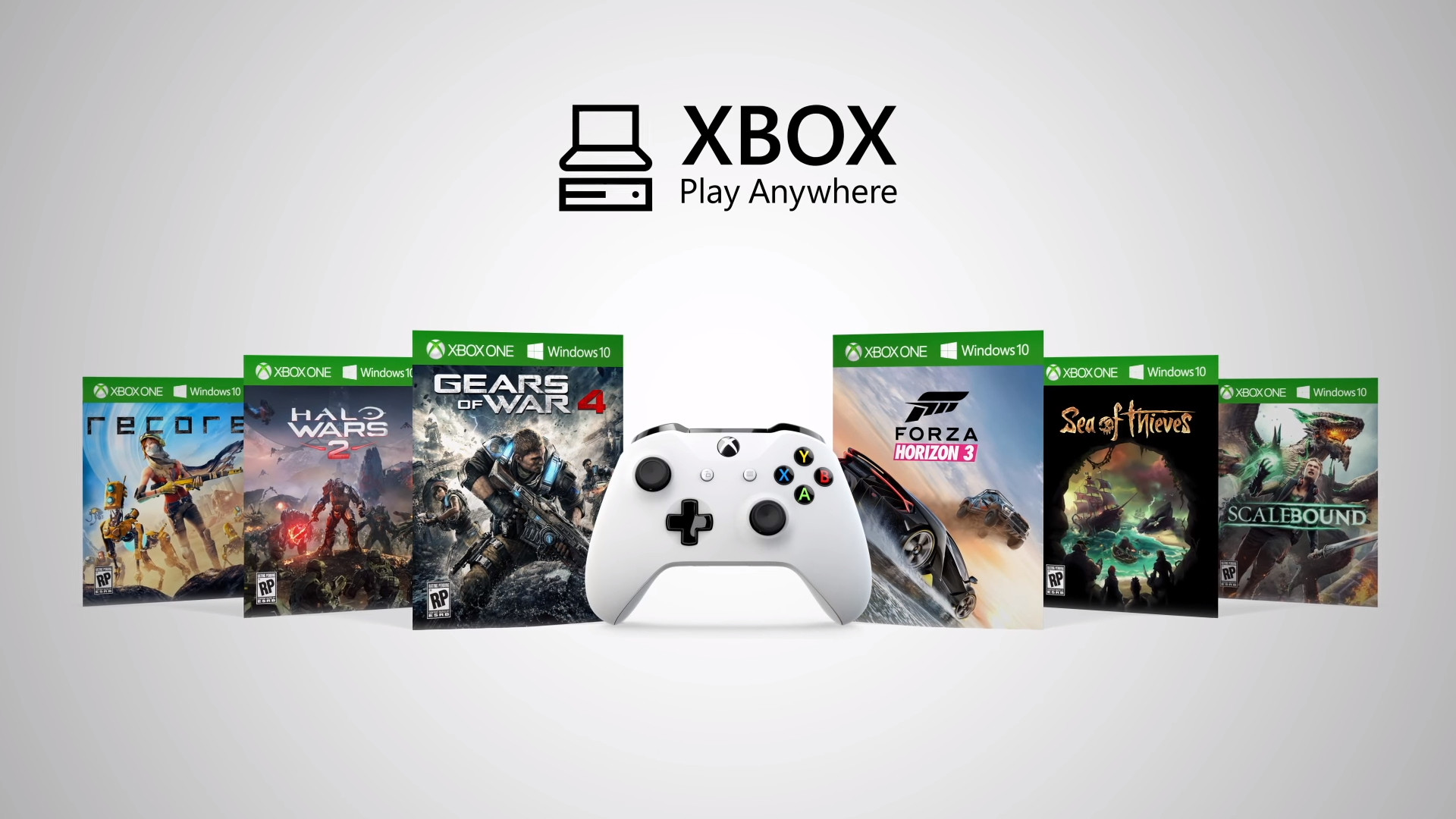
Resident Evil 7: Biohazard is the first third party title to be a part of Xbox’s Play Anywhere program, allowing the game and saves to be playable on both PC and Xbox interchangeably. Previously there have been more than a few hiccups with this program, but Resident Evil 7 runs mostly without any hitches. I played at much higher frame rate and graphical fidelity with a high level of stability with ease. My saves transferred over mostly seamlessly, I think I had to retry my cloud synchronization once but otherwise my experience was good. There is a current issue with DRM for some, where the game itself won’t actually launch on the purchased PC, which has been identified and is being worked on.
 The Final Word
The Final Word
Resident Evil 7: Biohazard is a wildly enjoyable title that is guaranteed to scare all but the most heartless players. Strategic combat and inventory space, metroidvania style map movement, engaging puzzles and an engrossing story make this one of my favorite titles already. Aside from minimal technical issues and a single loose story thread the game is a truly great achievement.




